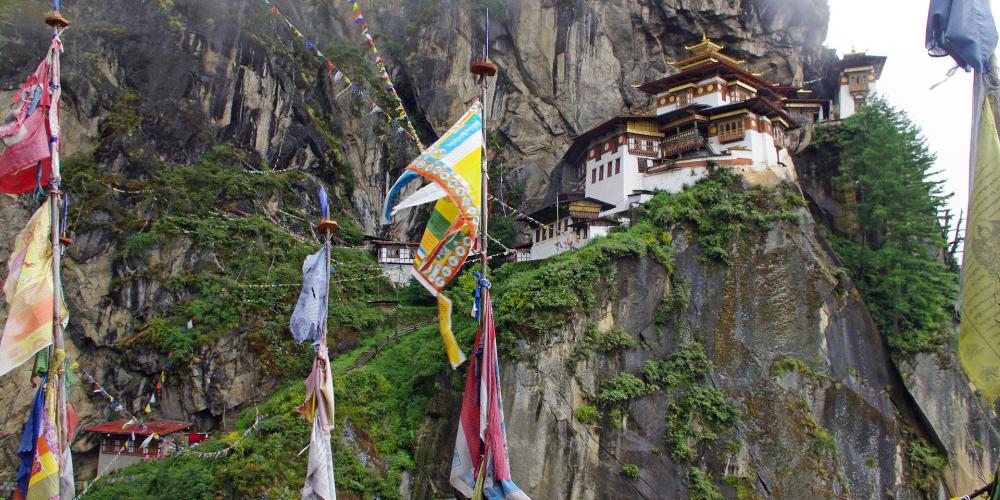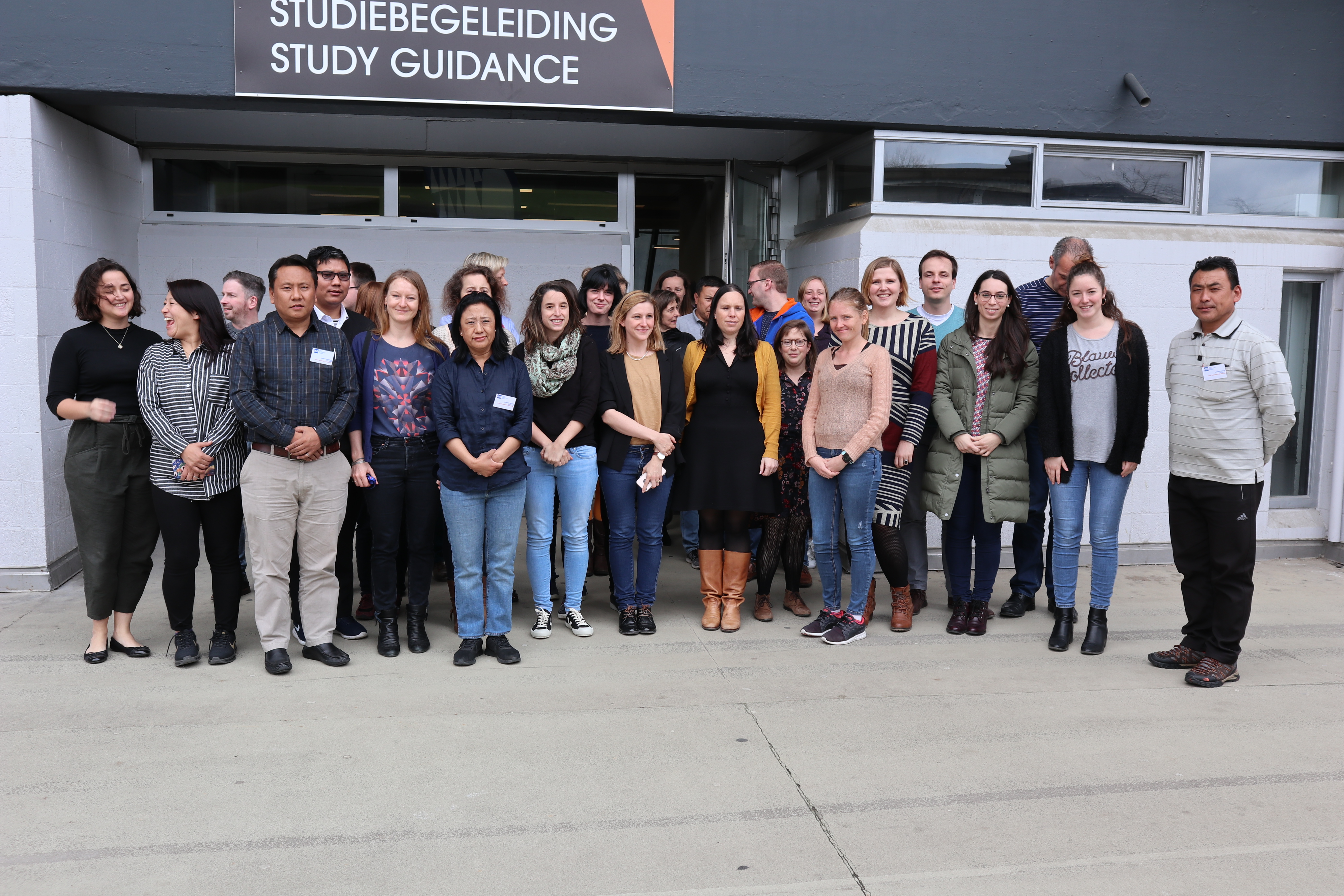
In 2019, the VUB study Guidance centre started its involvement in an Erasmus+ capacity building (KA2) project, submitted by the Royal University of Bhutan (RUB) in partnership with the University of Birmingham (UK), and ISMAI (Portugal). The project’s aim was to establish counselling services at all of the nine colleges of the Royal University of Bhutan, which would blend models of modern guidance and counselling with the traditional Bhutanese model, and incorporating the Gross National Happiness (GNH) index.
With its nine colleges covering a wide range of study programmes, RUB was well set-up and thriving. However, it faced some challenges with regards to students’ wellbeing. It didn’t have a counselling centre, mainly due to lack of expertise and trained counsellors. Eva Vantournhout and Katrien Vanderstappen from VUB, were involved in the project from the outset, and we catch-up with them to see how it progressed since we last chatted in August 2019.
The P-word
“The pandemic had an impact on the project. There was no avoiding that. Originally we were meant to go back to Bhutan, but that wasn’t possible since they closed their borders. As a result they have had very low infection rates.”, Katrien explains. Eva continues, “But our goal was achieved, yes. All nine colleges at the RUB now have a happiness and wellbeing centre. However, here too the pandemic has played a role: the running of the centres is tricky at the moment, due to COVID-restrictions.”
Setting up new happiness and wellbeing centres is one thing though. Communicating to the students and staff about them and overcoming the stigma that is still attached to ‘mental wellbeing’ (in Bhutan, but equally still across much of the world) is another. The centres started workshops on mindfulness, yoga, and open up debates about wellbeing. “It was clear though that more was needed to bridge the gap between the centres and the students. We needed field workers, role models and student leaders to get involved and set the example,” Eva explains.
As was the case (and still is) at most universities across the world, the pandemic also impacted students’ wellbeing in Bhutan. Most students stayed on the campuses during the pandemic, so the centres opened up for other things than just straight-forward counselling: for haircuts, to let students print things, etc. “The idea was to lower the threshold for the students to enter the centres,” adds Katrien. “It worked to some degree, but our advice to the counsellors at RUB is really to eventually separate the two activities, focus and the counselling work, and build up confidence through doing the counselling work.”
Happiness means… the end?
“So, yes, we closed the project now, but informally I’m sure we’ll keep in touch,” says Katrien. “Looking back at the cooperation between the different partners involved, all went well. The cultural differences surfaced of course, with the European partners talking about deadlines and coming up with PowerPoint presentations, whereas in Bhutan (when we were there), the hierarchical structure became very evident. For our evaluation meeting, we sent a video to our colleagues in Bhutan who worked with us on the project, and they gathered together to watch it!”
Besides the nine centres that were established, the project also delivered on putting together a manual with the theoretical basics of counselling, along with a variety of training sessions. A digital platform was set up, as well as an app to further facilitate contact between RUB’s counsellors and students. Throughout the project surveys were run among the colleges and the students to help inform the further actions that were taken along the way.
And what will Eva and Katrien both take away from having spent almost 3 years on this project? “It was such a rich experience, with a lot of steep learning curves for all partners,” Eva adds, “but it was definitely a success. RUB’s enthusiasm to learn was incredible, and they had a lot of take in, but I think the happiness ratio on this project is high. We’re certainly both happy we had this amazing experience, and we’ll ensure to further incorporate some of Bhutan’s happiness elements into our day-to-day work and lives, like mediation, yoga, mindfulness.”
Bhutan and its Gross National Happiness index
Bhutan, a small country tucked away between Nepal, India, Tibet and Bangladesh, is famous for its dramatic, beautiful landscapes. But it is probably even more well known for having pioneered the concept of Gross National Happiness (GNH) back in 1972, when its then king declared “Gross National Happiness is more important than Gross Domestic Product”[1].
The Gross National Happiness index looks at nine areas: psychological wellbeing, health, education, time use, cultural diversity and resilience, good governance, community vitality, ecological diversity and resilience, and living standards. The Index checks 33 indicators in these areas and then identifies four sets of people: unhappy, narrowly happy, extensively happy, and deeply happy. It looks at the happiness people enjoy now, and how policies can make a difference in the ‘unhappy’ and ‘narrowly happy’ groups. In 2011, the UN adopted a resolution which promotes sustainable happiness and wellbeing.

The whole project team at VUB in 2019